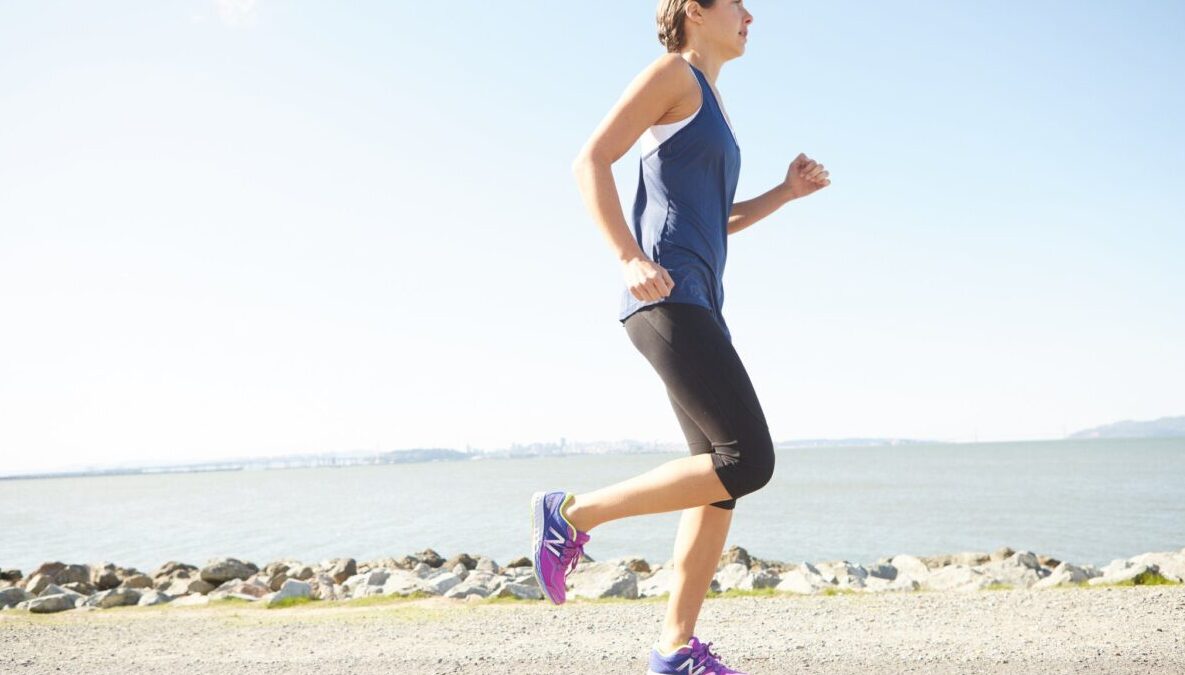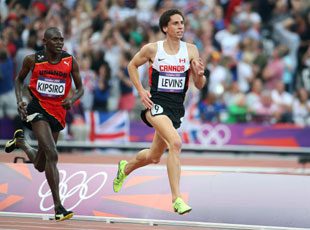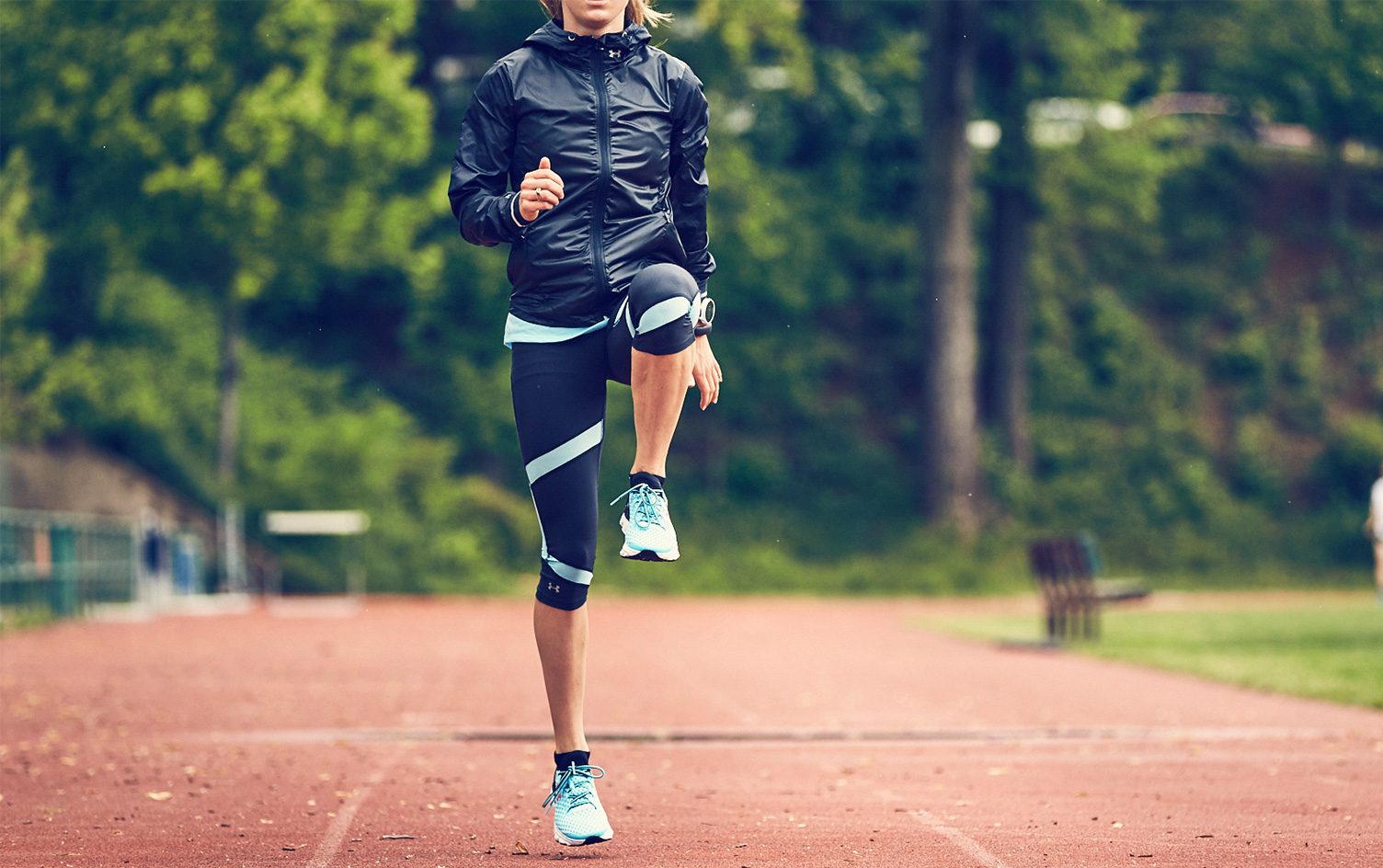There’s no quick fix to improve your running form
If you want to run more efficiently, it's going to take time, dedication and strength training

If you’ve ever watched elite runners, you’ve probably marveled at their form, wondering how they make running seem so effortless. You may have also thought that perhaps, if you could fix your own running form to look more like theirs, you could run at least a little bit faster. Many runners have spent a lot of time and mental energy trying to adjust their stride, but unfortunately, trying to alter your natural running gait doesn’t work. In truth, if you want to improve your running form, you’re going to have to commit time and effort rather than a quick fix.

RELATED: What not to focus on when fixing your form
You can’t think yourself to good running form
According to a 2017 study, runners who tried to alter their running form (for example, trying to take shorter steps) didn’t run any faster, and in fact, all of them ran slower when they tried to go against what their bodies wanted to do naturally. Newer research says that our bodies are all unique and instinctively know the most efficient way to move. Trying to alter this preferred movement pattern usually results in a reduced running economy.
Fixing form takes time and persistence
So if you can’t change your running form by force, what can you do? Improving your running mechanics requires a consistent routine of strength training, stretching and mobility work to fix muscle imbalances and loosen up areas of excessive tightness. The reason for this is because poor running form is usually caused by other lifestyle factors that are detrimental to good running mechanics, like sitting all day at a desk job. For example, since many of us sit for long periods of time, our hip flexors get shortened, and our glutes get weaker, which can cause us to overstride when we run. Fixing that problem requires regular strength work to strengthen your glutes along with stretching to loosen and lengthen your hip flexors.

RELATED: 5 must-do exercises for improved running form
This isn’t an overnight fix, but takes time, dedication and patience. The results are well worth the effort, though, and runners who do this will generally be faster and more resistant to injuries. If you’re not sure how or where to start, paying a visit to a physiotherapist or other sports medicine practitioner who’s knowledgeable about running is an excellent idea. They can assess your form and find which areas need work, and then provide you with a plan to tackle those issues.
In the meantime, just run in a way that feels natural to your body — you’ll be better off for it.


